A powerful vision pulls in ideas, people and other resources. It creates the energy and will to make change happen. It inspires individuals, diverse stakeholders and organizations to commit, to persist and to give their best. Such a leadership-driven synergy inescapably yields positive results in any industrial arena or theatre of governance. The nation’s strategic oil industry is a sector that needs such interface and governance approach.
Going forward, if the economically debilitating story of pipeline vandalism in Nigeria has measurably reduced in recent times – as it indeed has done – considerable credit must go to the astute Group Managing Director of the Nigeria National Petroleum Corporation (NNPC), Mallam Mele Kyari and his committed team.
The NNPC boss, Kyari, who has spent less than two years in the saddle, put the value of crude oil lost to pipeline vandalism in the first six months of 2020 at $48 million. Kyari spoke June last year in Abuja, at a hearing on “Exiting Petroleum Subsidy: Ensuring Self-Sufficiency in Domestic Refining of Petroleum Products,” organised by the Senate Joint Committee on Petroleum Resources (Upstream and Downstream). He, however, explained that the nation’s loss to vandalism was lower when compared with the past, adding that in 2018 and 2019, the loss to pipeline vandalism stood at $825 million and $725 million respectively.
In June 2019, the NNPC recorded a 77 percent rise in cases of oil pipeline vandalism on its network of pipeline infrastructure across the country. According to NNPC’s Public Affairs Division, the records of the upsurge were contained in its Monthly Financial and Operations Report (MFOR) for the period under reference.
According to it, the number of points breached on its pipeline in June was 106, representing an increase from the 60 points vandalised in May 2019. NNPC further explained that the Aba-Enugu axis in the system 2E pipeline corridor accounted for 25 per cent of the total pulverised points, while the Lagos Atlas Cove-Mosimi axis of the system 2B had 23 per cent of the compromised pipeline points. The Ibadan-Ilorin leg of the System 2B pipeline accounted for 18 per cent of affected lines, followed by the Port Harcourt-Aba section of the system 2E which was responsible for 13 per cent of the affected pipeline.
The NNPC Boss stated that other areas accounted for the remaining 21 per cent of the cumulative pipeline breaks. This scenario was clearly unsustainable and needed frontal confrontation.
Besides pulling in all crucial stakeholders, the reduction in vandalism, according to the NNPC boss, was also due to the increased surveillance by security agencies. According to him, pipelines are being destroyed within townships, not in the bush, with the connivance of security agents, security contractors and community leaders. He explained that the corporation has decided to hand over the pipeline security completely to the security agencies “as it is their work to secure government property.” The dramatic overall decrease in pipeline vandalism in the country speaks to the significant efficacy of his approach. To manage these challenges embedded in the oil sector requires new thinking and boldness. And this is where Mallam Kyari, the current and 19th GMD of NNPC, enters the fray. He was appointed GMD by President Muhammadu Buhari, on 8th July 2019.
Perhaps his toughest call in an industry he has spent much of his professional life in, Kyari has responded to his new top-draw responsibility by quickly taking charge in close synergy with his corporation’s oversight entity, the Ministry of Petroleum Resources. His almost two-year trajectory has simultaneously demonstrated a fundamental grasp of what petroleum industry means and a nimble understanding of its governance imperatives.
Besides its role as the bedrock of the Nigerian economy, the petroleum industry has been one of the key defining phenomena of the country’s post-independence history. This fact centralizes NNPC in the nation’s political economy, given the corporation’s assigned role in the industry.
Perhaps, this unique centrality of the corporation in the Nigerian state has spawned its fair share of challenges and reproach. What’s more – Kyari set sail by defining a vision of NNPC’s transformation and sent a clear message that the corporation’s lukewarm governance narratives of the past were gone for good.
With Kyari’s new vision of the corporation boldly anchored on the principle of Transparency, Accountability, Performance and Excellence (TAPE), he set sail, proclaiming that he would drive NNPC towards, “Global Excellence.” Deploying more clarity to both staff and critical industry stakeholders, he had clearly stressed that going forward; excuses for poor performance were unacceptable. “We either deliver or walk away in shame,” he had warned. What’s more, he has maintained course, despite extreme challenges and contrived distractions by shadowy crisis entrepreneurs.
It is also worth noting that since Kyari assumed the position of NNPC-GMD, he has also focused on infrastructure development associated with the sector. It’s then little wonder that in the Refining and Petrochemicals Directorate, Kyari is pursuing a deliberate shift to get the refineries back to their nameplate capacities using the Operations & Maintenance (O & M) Model, thereby enhancing local refining capacity. A detailed programme of rehabilitation for the four refineries to bring them back to minimum of 90 per cent of installed production capacity by 2023 – which dovetails into the current PHRC revamp project – is being implemented.
At a Federal Executive Council (FEC) meeting on Wednesday, March 17, 2021, chaired by President Muhammadu Buhari, $1.5 billion was approved for the full rehabilitation of the Port Harcourt Refining Company Ltd. (PHRC). The refinery has a combined, installed crude processing capacity of 210,000 bpsd.
As it were, the approval has triggered a Tsunami of criticisms and opposition from several analysts and important stakeholders. This was not unexpected. More so against the backdrop of the fact that the country has in the past spent billions of dollars on refinery maintenance without commensurate industry benefits – persuading many experts to call for their privatisation. Some called for its outright sale.
The projected $1.5 billion revamp of the Port Harcourt refinery was even being curiously compared with the cost of Shell’s recent sale of its Californian refinery in the US by some trenchant critics were. Typically, to clear the contrived fog surrounding the PH refinery revamp project, Kyari entered the fray to provide both context, clarity and associated metrics for the decision.
In its vigorous defence of the approval of $1.5 billion for the rehabilitation of PHRC, the Mele Kyari-led NNPC maintained that building a new refinery with the name-plate capacity of the Port Harcourt refinery will cost the federal government between $7 billion and $12 billion and take a period of four years, during which Nigeria must continue to import products.
Describing the actual cost of the revamp project as about $1.34 billion, noting that additional expenses include taxes and other duties that could come up, the NNPC boss argued that there was no basis for comparison between the Port Harcourt refinery and the one sold by Shell in America for $1.2 billion in terms of capacity. Hear him: “The real cost is $1.34 billion. Even then you could argue and say why you wouldn’t build a new refinery. We have also seen some curious comparisons that shell sold one of its refineries for $1.2 billion and that it’s even better than our own. “This is mundane. Even a Google search will reveal that it was built in 1915 and it’s a 107,000 barrels per day refinery. It has been on shut down by the regulators since early last year.”
He maintained that many people do not know the financial transactions that go into some negotiations, saying that it is needless to compare a combined refinery of 210, 000 barrels to a much smaller and much older refinery which has many issues with regulators. The GMD further revealed that the current huge cost of rehabilitation was because the last turn-around-maintenance was badly carried out.
The NNPC boss also drew attention to the fact that those pitching for building outright new refinery did not do their due diligence. “They have asked why we don’t just build a new one. What does it take to build a refinery of this status today? It’s anywhere between $7 billion to $12 billion to construct a refinery of this nature. This is what we call battery limit construction. That’s the estimate you see in the public space,” he clarified.
A public policy is a principle of action chosen by a government for the achievement of specific goals that should ideally favour as much of the society as possible. By considerably reducing the incidence of pipeline vandalism and addressing the sector’s infrastructure development, Kyari has certainly made it clear he won’t be diverted by forces against national progress.
Adekunle wrote in from Lagos



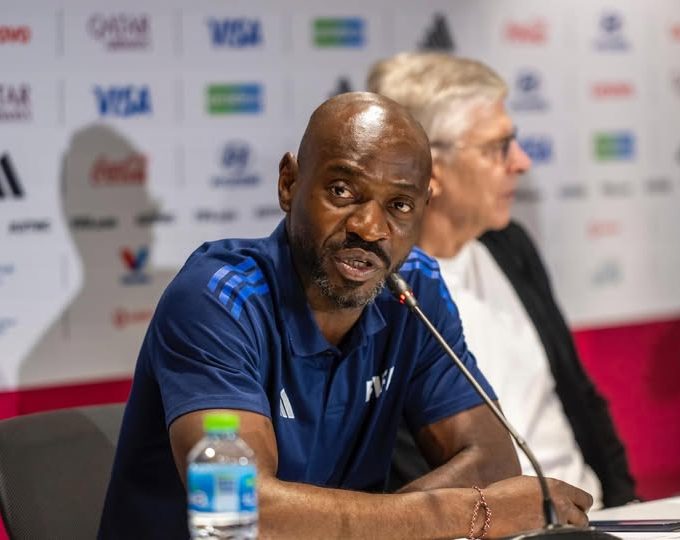
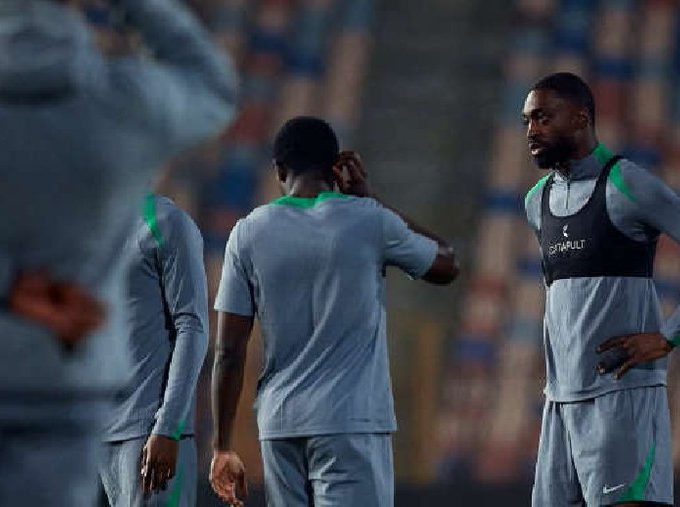


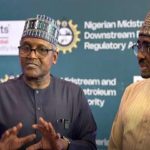











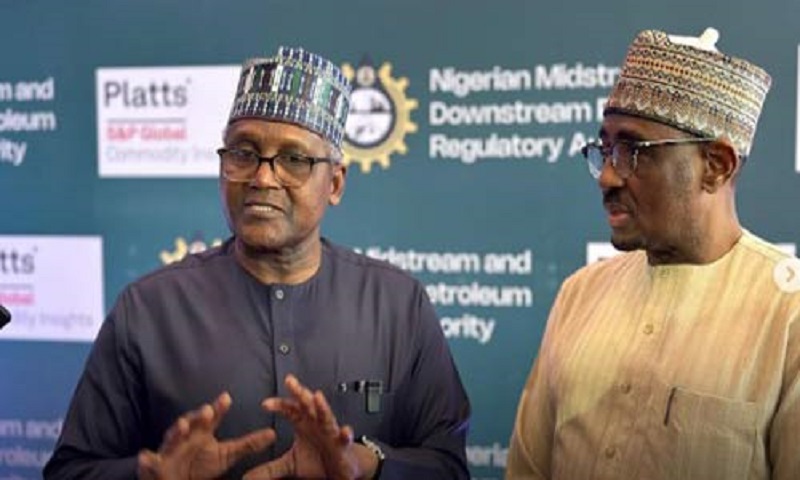
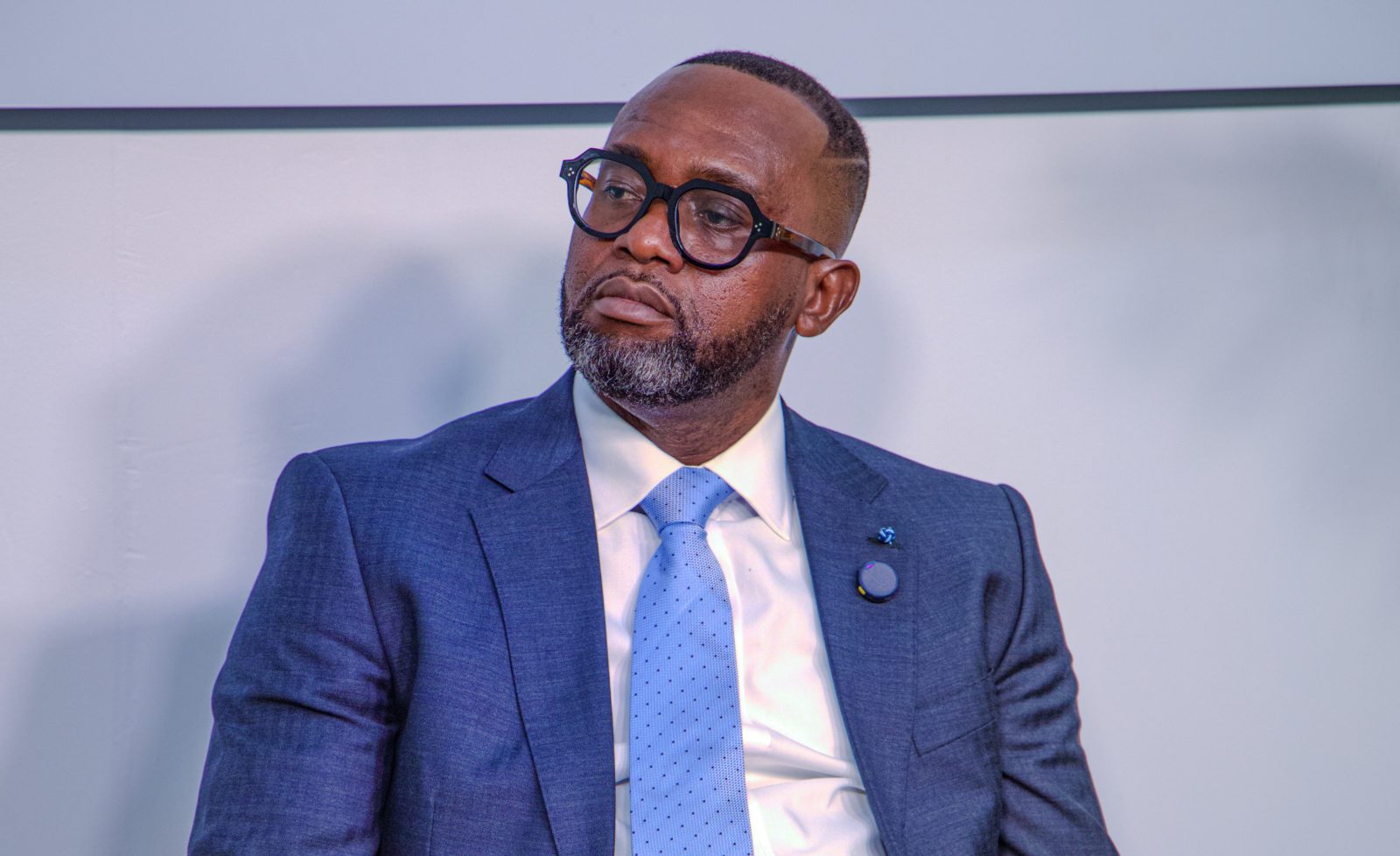
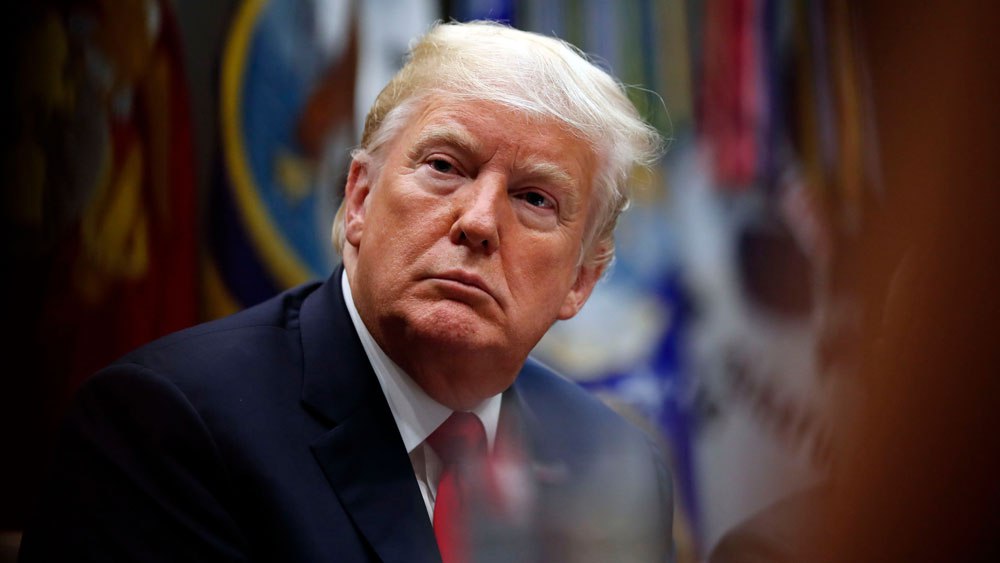
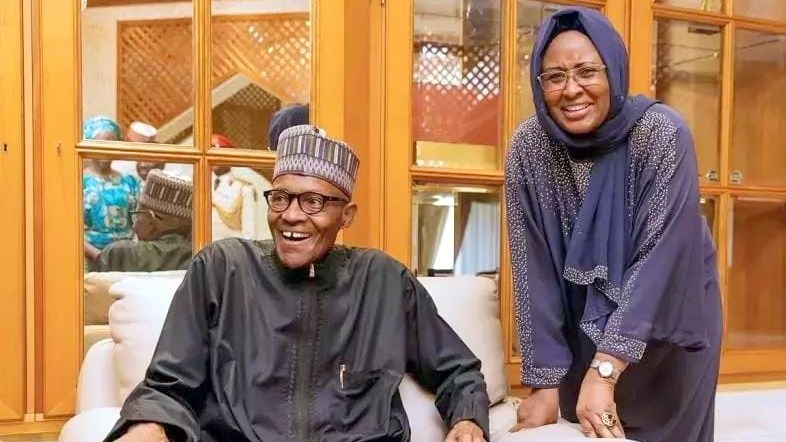

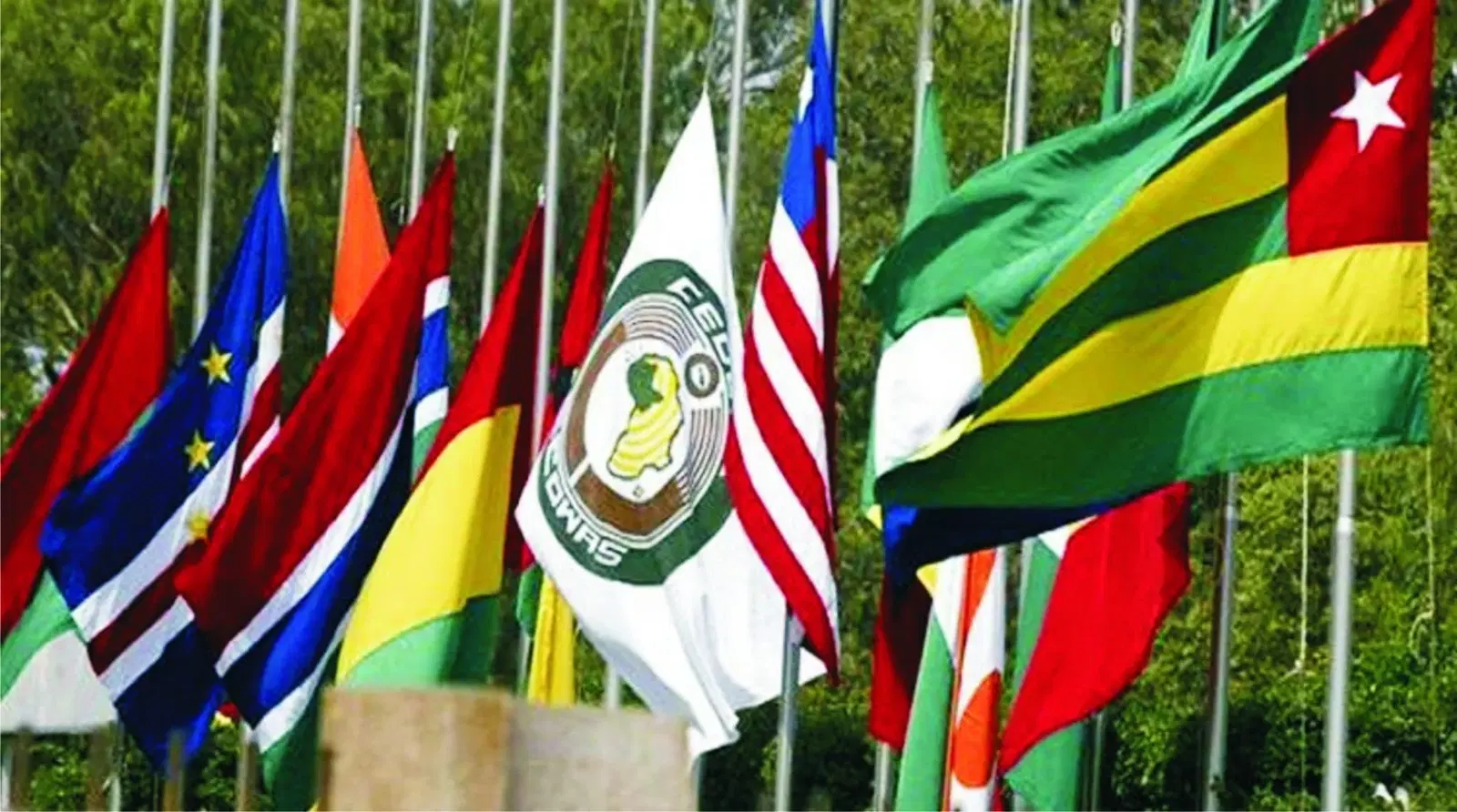
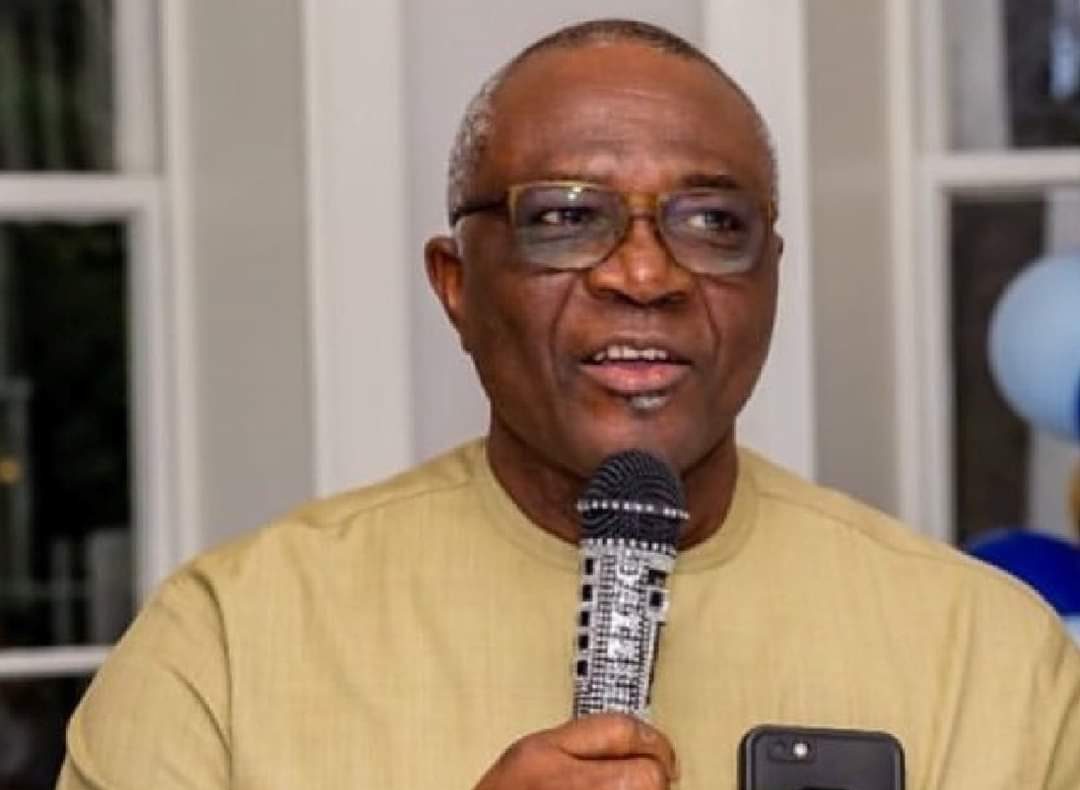



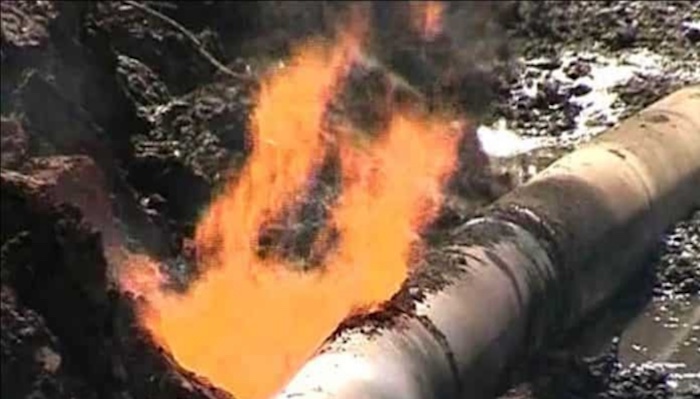
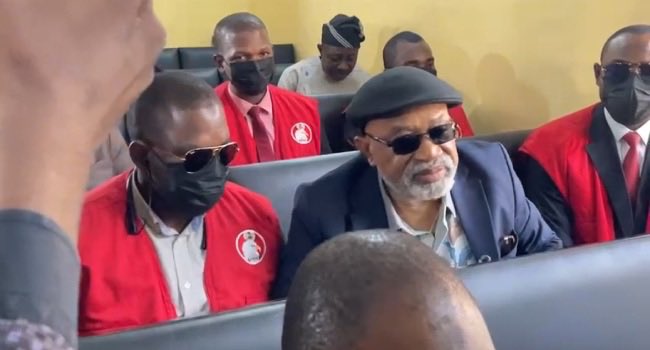

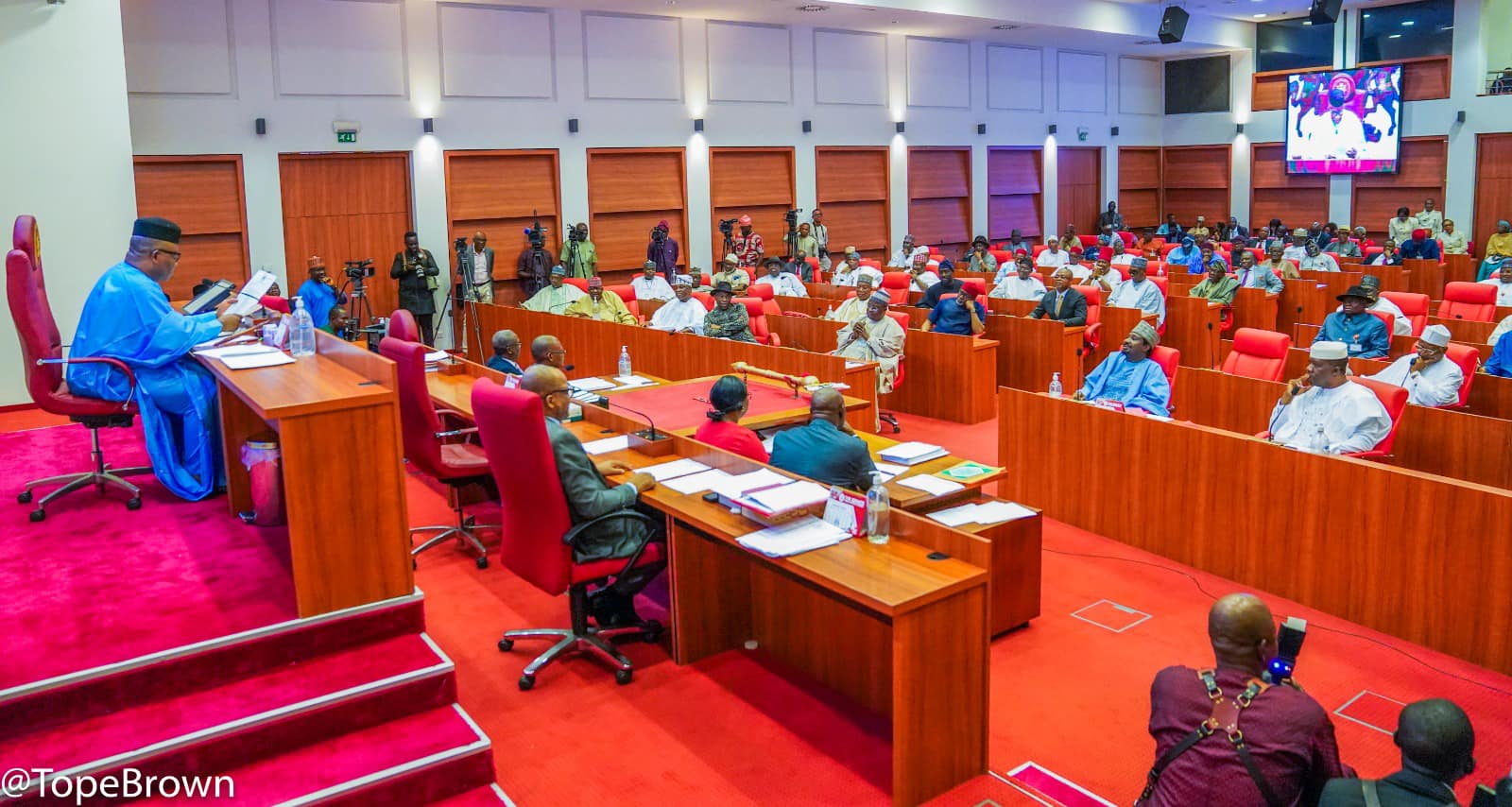



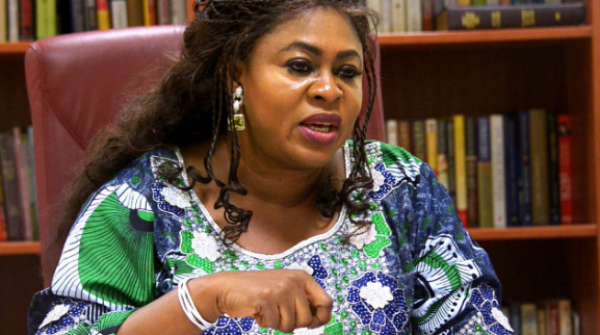
Leave a comment